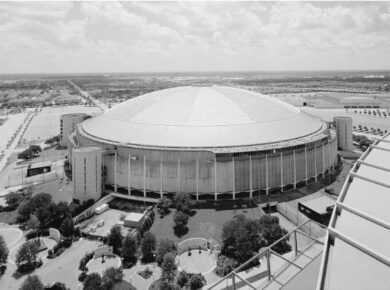In 2018, the Royal Opera House in London has undergone a major renovation and extension. The original building goes back to 1732, it was officially inaugurated on the 7th of December 1732.

Photo: © Chris Mcandrew
At all times of the day, the Royal Opera House building should be a place to glimpse the remarkable forces at play behind the scenes; a place to relax and have a coffee, lunch or a drink in the midst of the one of the world’s most beautiful opera houses; a place to see artists at work; and a place to showcase its guiding principles of excellence, theatricality and curiosity.

Photo: © Hufton+Crow
In addition, there is a remodeled entrance from the Covent Garden Piazza and a new glazed entrance pavilion on Bow Street. At the lower level is the new Linbury Theatre and associated foyer as well as learning spaces. A new restaurant, bar, and terrace at the amphitheatre level give visitors spectacular views over Covent Garden.

Source: Tourism Media
As a heritage-listed and fully operational building, the opportunities for visually opening up the perimeter of the building posed a significant challenge. A new glazed extension is erected beneath the historic, glazed Paul Hamlyn Hall.

Photo: © Hufton+Crow
The glazing at street level has been detailed with reference to the historic ironwork above. Fabricated from brushed stainless steel, the extension structure is defined by its crisp detailing and the use of a dark patinated brass for the entrance at the northern end.
About the Author:

Bruno Dursin – Managing Director at Believe in Steel. Bruno has more than 30 years of experience in promoting steel & steel solutions. His clients benefit from his extensive network within the building industry.



